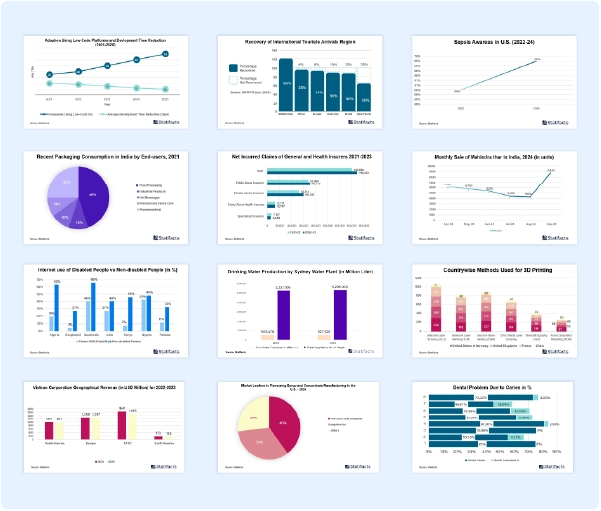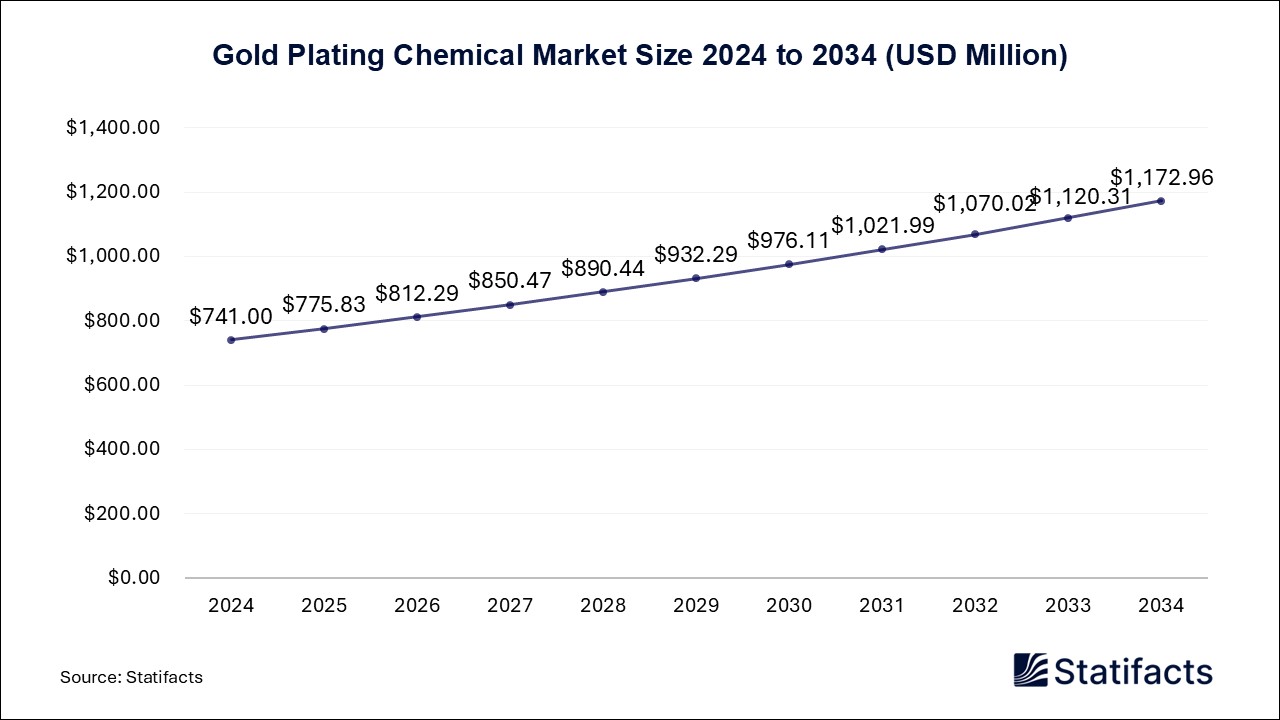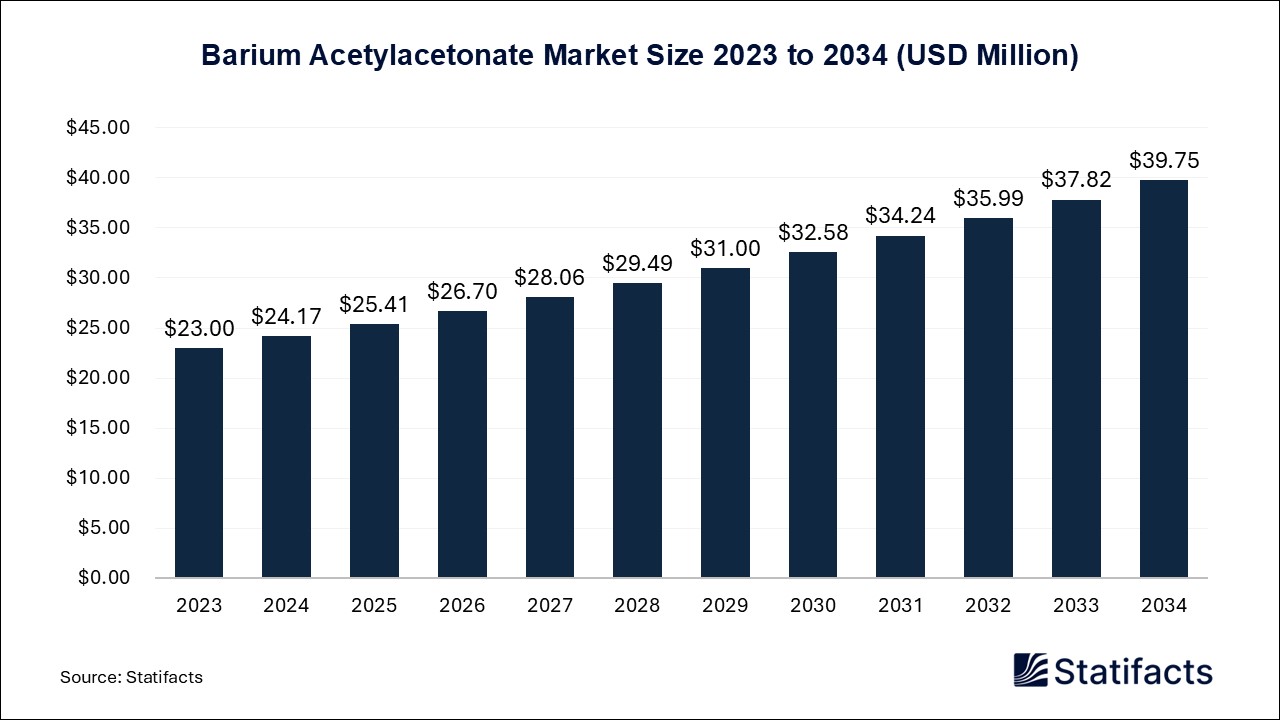

Our customers work more efficiently and benefit from
The global protein sequencing market size was estimated at USD 1,460 million in 2024 and is projected to be worth around USD 2,130 million by 2034, growing at a CAGR of 3.8% from 2025 to 2034.
| Industry Worth | Details |
| Market Size in 2025 | USD 1,520 Million |
| Market Size by 2034 | USD 2,130 Million |
| Market Growth Rate from 2025 to 2034 | CAGR of 3.8% |
The protein sequencing market encompasses the development and use of a technique through which the accurate sequence or order of amino acids contained by a protein or peptide is established. These techniques are utilized in the field of biotechnology for the formulation of several biopharmaceuticals and genetically engineered proteins. The 3D structure of proteins can be rendered and worked out using the amino acid sequence. Scientists can interpret the genetic data into the language of proteins using protein sequencing. Edman degradation, tandem mass spectrometry, and bioinformatics are some core methods for protein sequencing. It is also an introductory procedure in molecular biology and biochemistry.
The surge in the need for precision medicine is one of the chief factors pushing the protein sequencing market further. Precision medicine relies on proteomics to develop customizable medical remedies for patients. Protein sequencing technologies allow the determination as well as representation of particular proteins related to diseases so that more tailored and spot-on approaches can be fostered. The protein sequencing researchers and scientists in making interpretations for illness-associated proteins available. With improvements and advancements in these new proteomic technologies, along with their cost-effective nature, protein analysis is possible at a faster pace, which is crucial for the creation of precision medicines.
Advances in the techniques used in the protein sequencing market are another major driver. Edman degradation and next-generation protein sequencing (NGPS) are two of the most substantial and well-known techniques. Pehr Edman is the creator of the Edman degradation process, which is one of the most primitive methods for protein sequencing. This standard technique comprises carefully getting rid of and classifying the N-terminal amino acids of a polypeptide chain to verify its sequence.
The next-generation protein sequencing (NGPS), on the other hand, is deployed to regulate the order of nucleotides in overall genomes or affected parts of DNA or RNA. In comparison with traditional methods, the speed and exactness of NGPS have proven to be valuable. Additionally, an increase in the use of these methods has led to expansion in the research and development of the proteomics field.
Before the prior introduction to artificial intelligence, protein sequencing was an uncompromising, slow, and highly-priced process of modeling natural proteins into secure and effectual drugs. After the advent of AI, generative biology, which makes use of AI and machine learning (ML) to fast-track and advance protein drug development, has been evolving swiftly. By joining the computational tools steered by machine learning with automated and high-performance techniques, generative biology speeds up the manufacturing of a drug. With the formulation of ML-based predictive models of treatment responses, AI allows healthcare professionals to offer tailored remedies to their patients while improvising the results and lessening adverse reactions.
There are a few important challenges and restraints relating to the protein sequencing market that require immediate consideration. One of the major factors that pose hurdles for the market are the complex nature of data analysis and the lack of uniform methods of protein sequencing. Phosphorylation, glycosylation, and acetylation are the three conventional post-translational modifications that are necessary for protein sequencing.
The examination of the fitting sequence of these modifications is problematic. Therefore, for understanding their inferences, advanced bioinformatics tools and software involving BLAST (Basic Local Alignment Search Tool), GATK (Genome Analysis Toolkit), and molecular docking and dynamics software are crucial. Without these, the gathering of information from protein sequencing becomes difficult, thus causing problems in mining substantial interpretations and clarifications.
The use of protein sequencing technology is expected to lead to rapid growth in the coming years for the protein sequencing market. For the discovery of novel therapies, the identification of disease biomarkers, and better recognition of drug structures, protein sequencing is used by medical authorities and researchers. The rising amount of research and development activities for the creation of natural drugs and personalized medicine is anticipated to move the market ahead. Thanks to the approval from the regulatory authorities for precision medication, the requirement for protein sequencing in the clinical sectors keeps thrusting, thus triggering the market to grow in the coming years.
For any questions about this dataset or to discuss customization options, please write to us at sales@statifacts.com
| Stats ID: | 8159 |
| Format: | Databook |
| Published: | April 2025 |
| Delivery: | Immediate |
| Price | US$ 1550 |

| Stats ID: | 8159 |
| Format: | Databook |
| Published: | April 2025 |
| Delivery: | Immediate |
| Price | US$ 1550 |

You will receive an email from our Business Development Manager. Please be sure to check your SPAM/JUNK folder too.

Unlock unlimited access to all exclusive market research reports, empowering your business.
Get industry insights at the most affordable plan
Stay ahead of the competition with comprehensive, actionable intelligence at your fingertips!
Learn More Download
Download

